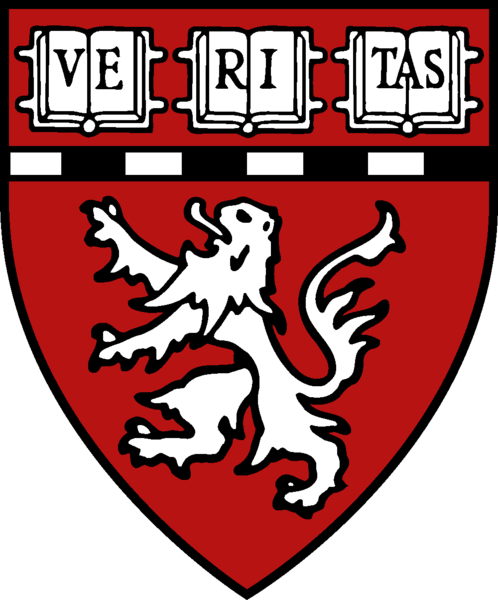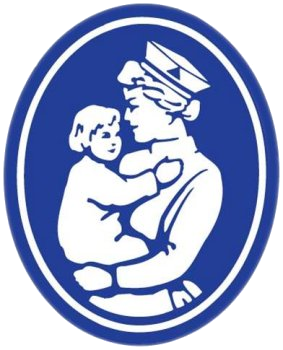


Itzhak Fried, Gabriel Kreiman, Christof Koch
American Epilepsy Society Annual Meeting, Los Angeles, 2000
Rationale: Ictal events originating in the temporal lobe and electrical stimulation of the temporal lobe sites occasionally evoke vivid and compelling visual images reported by patients. The neuronal mechanisms underlying these observations remain elusive. Here we sought to identify neurons in the medial temporal lobe which responded when patients conjured visual images in the absence of visual stimulation. Methods: Recordings were carried out from 276 single neurons in in 9 patients with intractable epilepsy undergoing invasive evaluation for surgery via intracranial depth electrodes, while they formed visual images in their mind's eye. Results: 22 (8%) single neurons in hippocampus, amygdala, entorhinal cortex and parafippocampal gyrus selectively altered their firing rate depending on the stimulus category of the stimulus the subjects were imagining. Of these neurons, 16 (73%) were also selective during vision and 14/16 (88%) responded to the same stimulus categories during vision and visual imagery. Conclusions: These results suggest a neuronal mechanism of evoking visual images without concomitatnt retinal stimulation. It is likely that neuronal networks in the temporal lobe active during actual vision are reactivated during ictal and stimulation-evoked visual hallucinations in epilepsy patients.
Top